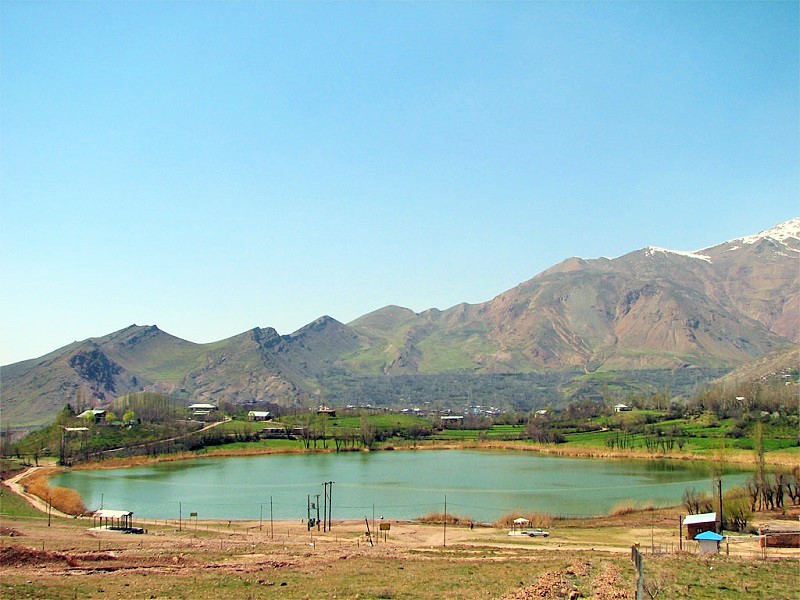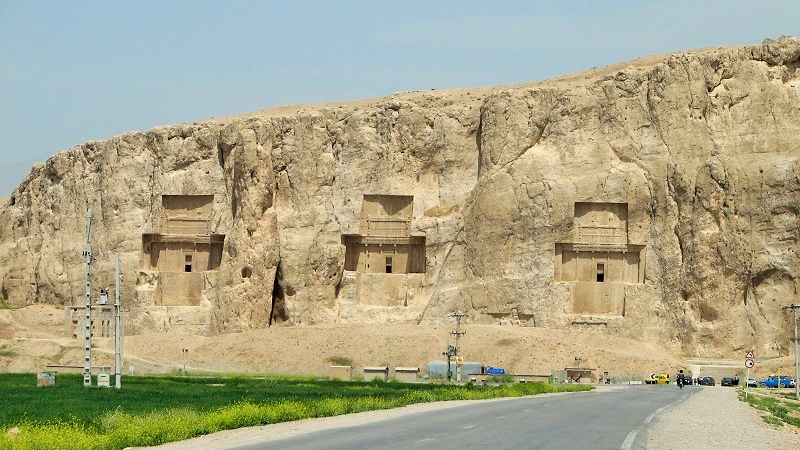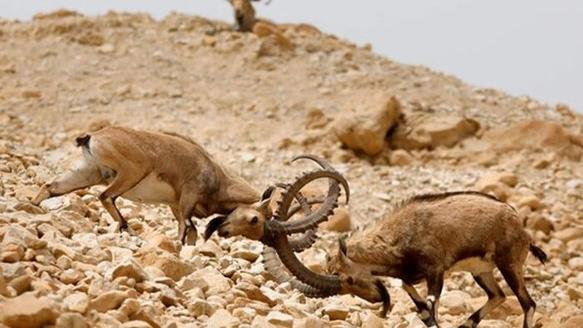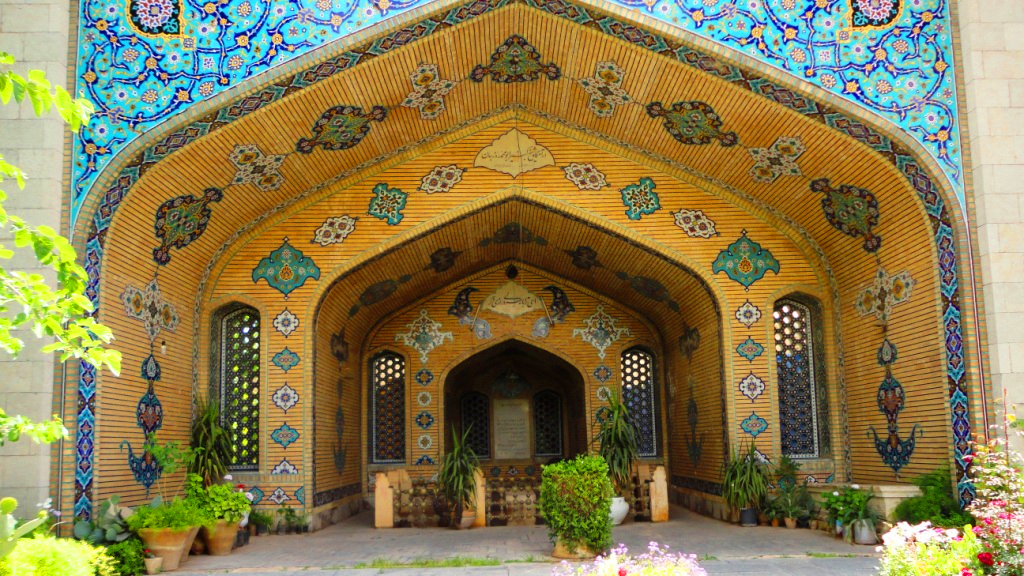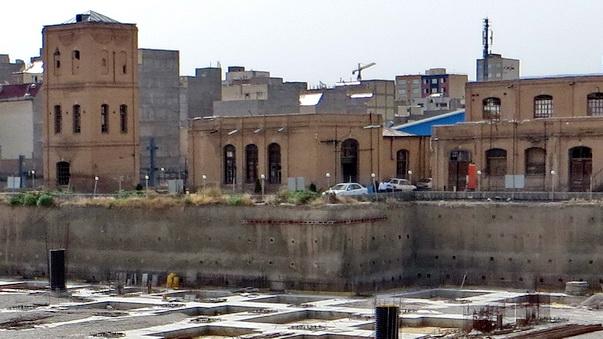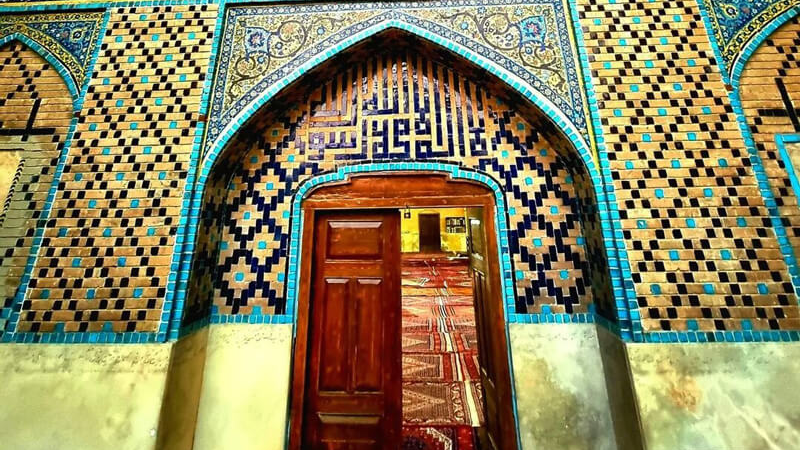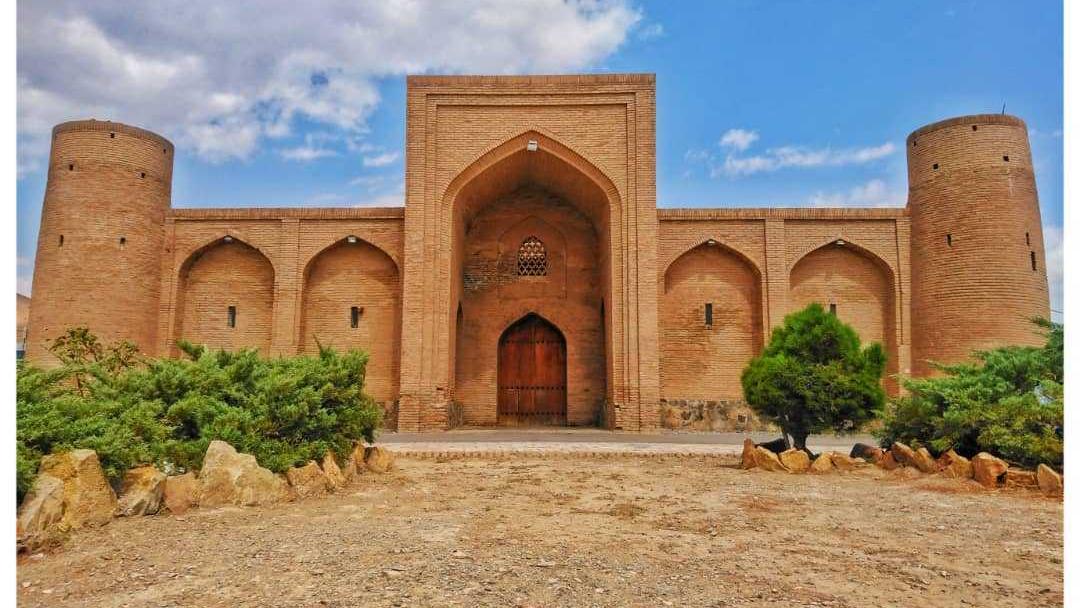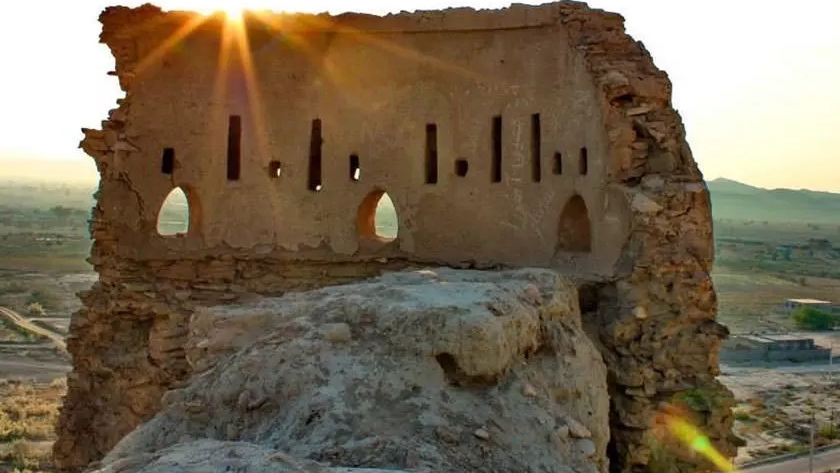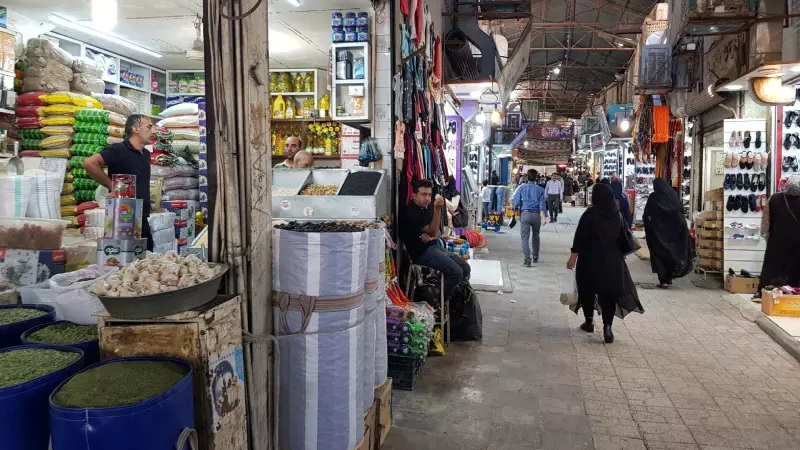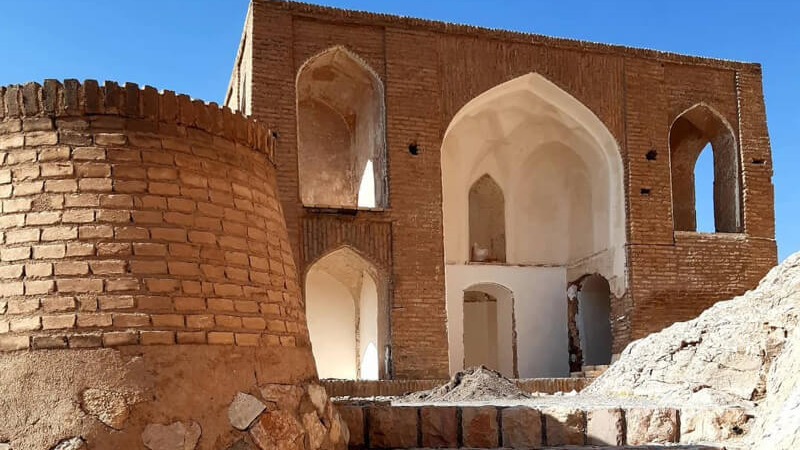
Rabat Qoli — A Caravanserai with a Colorful Appearance
Rabat Qoli — A Caravanserai with a Colorful Appearance
Tourists visiting Iran may be familiar with its iconic tall minarets, vibrant bazaars, and breathtaking deserts and mountain vistas. However, Iran is home to many hidden gems that remain undiscovered by most visitors. Among these are the Persian caravanserais — a collection of historical structures scattered across the country. Despite their architectural diversity and geographic variety, all were built with a common purpose: to organize trade routes and provide shelter for merchants and travelers. Though these caravanserais may not be as world-famous as Persepolis, Naqsh-e Jahan Square, or the Si-o-se-pol Bridge, they tell stories from vital chapters of Iran’s history. One such gem is Rabat Qoli, a caravanserai of remarkable beauty and grandeur — a place whose charm leaves a lasting impression on every visitor.
History and Features of Rabat Qoli Caravanserai
Without a doubt, the location of Rabat Qoli Caravanserai along the ancient Silk Road and on the route to Mashhad once made it a bustling and lively stop for travelers and traders. Built during the Timurid era (15th century), it is sometimes referred to as the “Timurid Caravanserai.” According to historical records, the caravanserai was commissioned by Amir Ali-Shir Nava’i, the minister of Sultan Hussein Bayqara (who reigned from 1469 to 1506 CE). Later, during the Safavid period (16th century), the structure underwent renovations and continued to serve travelers journeying across northeastern Iran. Today, Rabat Qoli stands as a timeless witness to centuries of travel, trade, and architectural brilliance along one of history’s most legendary routes — the Silk Road.
Architecture and Structure of Rabat Qoli Caravanserai
The Rabat Qoli Caravanserai was built on an east–west rectangular plan, measuring 24 meters in length and 16 meters in width. The most striking feature of the building is its colorful façade, constructed with stones in shades of green, red, purple, and blue, which gives it a unique and distinctive appearance among Iran’s caravanserais. The main entrance of the structure is located on its eastern side. For security purposes, the caravanserai was fortified with four corner towers and two semi-towers along the walls. The outer walls of the roof were designed with small openings, allowing guards to monitor the surrounding plains. In the event of an attack, archers could use these narrow slits to shoot arrows at approaching enemies. Today, the remains of these defensive and architectural elements reveal not only the aesthetic charm of Rabat Qoli but also the strategic intelligence behind its design — a perfect blend of beauty and protection.
Architecture and Interior Design of Rabat Qoli Caravanserai
Like many traditional Persian caravanserais, Rabat Qoli was built around a central courtyard, with rooms arranged symmetrically along its sides. This architectural layout, known as the “four-iwan” style, features vaulted porches (iwans) that separate the courtyard from the chambers. The interior vestibules (hashtis) are supported by massive stone columns, giving the structure both strength and grandeur. Beyond the main entrance gate, there is a loading area (bār-andāz) with a low, arched ceiling, where caravans once unloaded their goods. This space connects to two long corridors behind the rows of rooms, extending to the far end of the courtyard. Each room features small openings in its roof and walls that serve as air vents and skylights, allowing for natural light and ventilation. In the southern part of the caravanserai lies a mosque (prayer hall), where remnants of the original stucco decorations of the mihrab still remain. Two special rooms, known as Shahneshin (royal chambers), are located on the northeastern and southwestern sides, reserved for high-ranking guests. Due to its strategic location and reputation, the caravanserai occasionally hosted important officials — it is said that Naser al-Din Shah Qajar (reigned 1848–1896) stayed here during his second pilgrimage to Mashhad.
Location of Rabat Qoli Caravanserai
Rabat Qoli Caravanserai is located in the Sankhvast District of Jajarm County, situated in the southwestern part of North Khorasan Province, Iran. Jajarm covers an area of approximately 3,654 square kilometers and lies along the ancient Silk Road route — a fact that explains the presence of several historical caravanserais throughout the region. The village of Gazan lies about three kilometers west of the caravanserai, while the village of Qoli is located three kilometers to the north. The Rabat Qoli Caravanserai stands on a flat plain, offering a commanding view of its surroundings — a location chosen both for strategic visibility and ease of access for travelers of the past.
National and World Registration of Rabat Qoli Caravanserai
This historical monument was inscribed on Iran’s National Heritage List in 1996 (1375 SH). Its global recognition came later in 2023 (1402 SH), when the Rabat Qoli Caravanserai, along with 53 other Iranian caravanserais, was officially inscribed on the UNESCO World Heritage List.
| Name | Rabat Qoli — A Caravanserai with a Colorful Appearance |
| Country | Iran |
| State | North Khorasan |
| City | Jajarm |
| Type | Historical |
| Registration | Unesco,National |
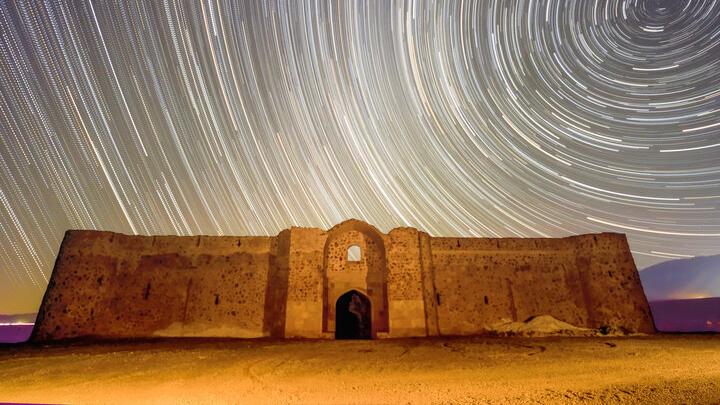
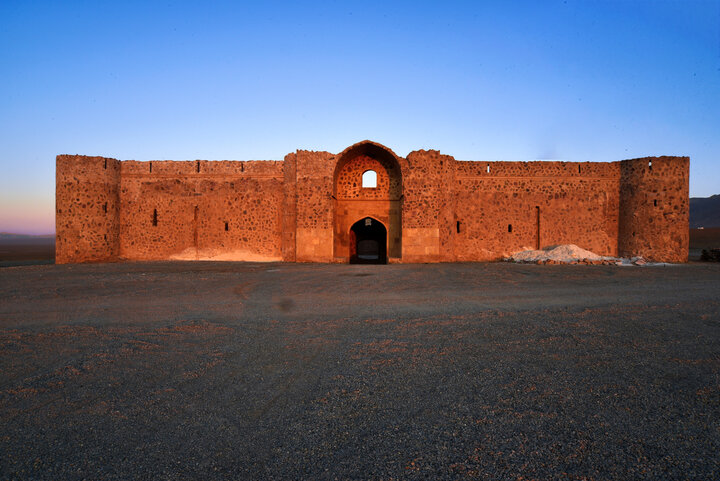
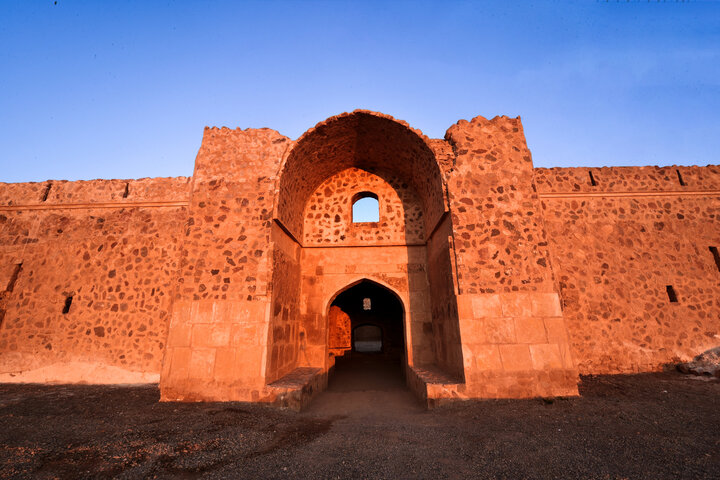
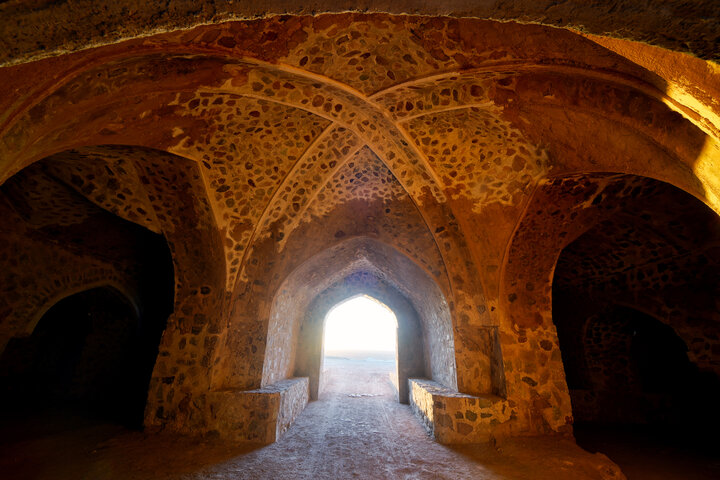
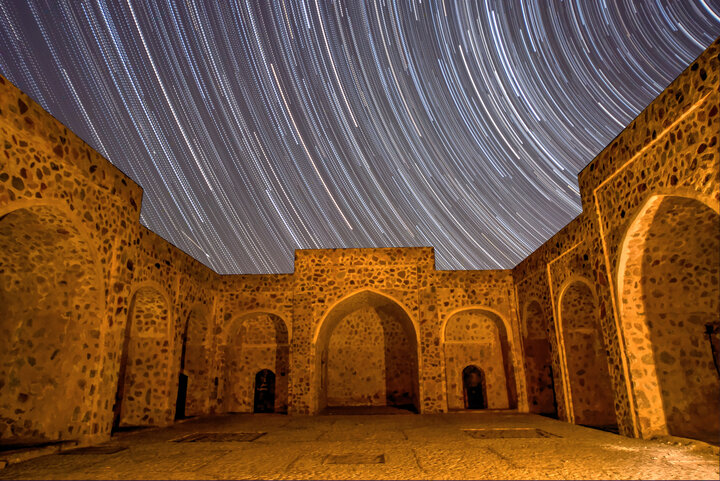





Choose blindless
Red blindless Green blindless Blue blindless Red hard to see Green hard to see Blue hard to see Monochrome Special MonochromeFont size change:
Change word spacing:
Change line height:
Change mouse type:
